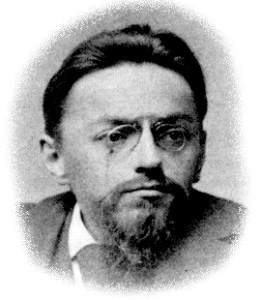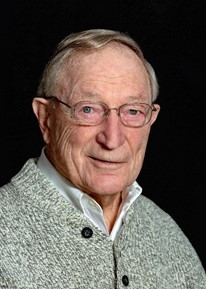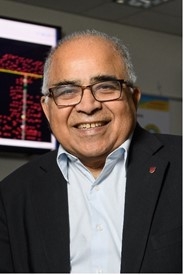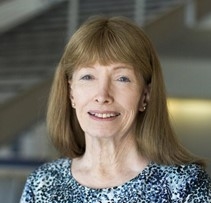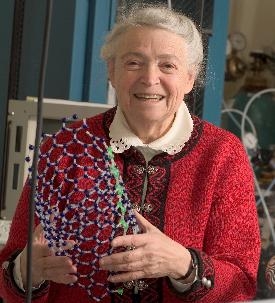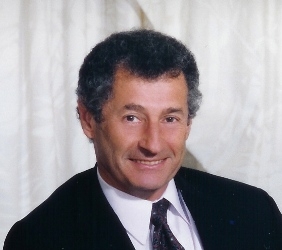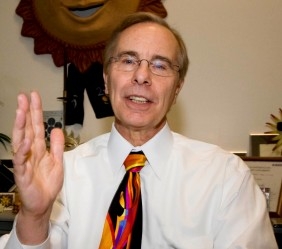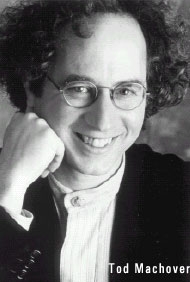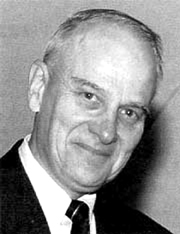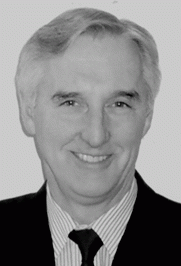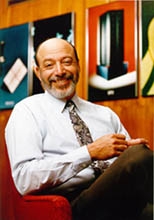1925 – Dr. Michael I. Pupin
Law, Description and Hypothesis in the Electrical Science
1926 – Dr. Ernest J. Berg
The Solution of Transient Phenomena by Elementary Mathematics
1927 – Dr. Robert A. Millikan
Spectroscopic Prediction
1928 – Dr. Max Mason
Substitutes for Experience
1929 – Dr. Dexter S. Kimball
Modem Engineering Economics
1930 – Dr. William E. Wickenden
Discipline of Discipleship
1932 – Dr. Karl T. Compton
The Battle of the Alchemists
1934 – Dr. C. E. Kenneth Mees
Scientific Thought and Social Reconstruction
1935 – Dr. Robert E. Doherty
An Undeveloped Phase of Engineering Education
1936 – Dr. Gerard Swope
An Engineering View of and from Steinmetz
1937 – Dr. Harold G. Moulton
Engineering Progress and Economic Progress
1938 – Mr. Igor I. Sikorsky
Science and the Future of Aviation
1939 – Dr. Frank B. Jewett
The Technical Significance of the First Transcontinental Telephone Line
1941 – Dr. Frank Howard Lahey
Modem Medicine and Surgery-Its Progress and Place in the Community
1942 – Dr. Comfort Avery Adams
Cooperation vs. War
1943 – Dr. Harold Willis Dodds
Postwar World and the American Tradition
1944 – Dr. Stephen S. Wise
Man Moves Forward
1945 – Dr. Irving Langmuir
Science and Postwar Incentives
1946 – Dr. Sanford A. Moss
Because I Know It’s True
1947 – Dr. Arthur H. Compton
The Birth of Atomic Energy and Its Human Meaning
1948 – Dr. Philip Sporn
Potentialities of the Electrical Industry in Shaping the Destiny of America
1949 – Dr. Kirtley F. Mather
Natural Resources and Human Progress
1950 – Dr. Charles E. Wilson
The Moral Aspects of Scientific Progress
1952 – Dr. Hollis L. Caswell
The Great Reappraisal of Public Education
1953 – Dr. Harold S. Osborn
What Is Coming in Tele-Communications
1954 – Dr. Charles Allen Thomas
Science, Progress and the Human Mind
1955 – Dr. Bishop G. Bromley Oxnam
The Nature of the Contemporary Crisis
1956 – Dr. Cornelius Packard Rhoads
The Social and Economic Significance of Medical Research
1957 – Admiral William Morrow Fechteler, Ph.D.
The Professional and Technical Requirements of the Armed Forces
1958 – Dr. Joseph Allen Hynek
Man’s Satellites: Doorway to Space
1959 – Dr. Simon Ramo
Space Conquest and the New Technical Age
1960 – Dr. Lillian M. Gilbreth
Management and Men
1962 – Dr. Claude E. Shannon
The Third Frontier of Science
1963 – Vice-Admiral H.G. Rickover
Then individual in a Free Society
1964 – Dr. J. Herbert Hollomon
The Changing Role Science and Technology Play in the National Well-Being
1965 – Mr. Walker Lee Cisler
Expanding Horizons in Electric Power
1966 – Dr. William Shockley
Mental Tools for Scientific Thinking
1967 – Dr. Edward C. Welsh
Benefits of the Aerospace Revolution
1968 – Dr. Ralph W. Sockman
Computer Age Morality
1969 – Mr. J. Erik Jonsson
From the Heart
1970 – Mr. Lelan F. Sillin, Jr.
Changing Values in a Technological Society
1971 – Mr. Patrick E. Haggerty
The Productive Society
1972 – Prof. Harold W. Bibber, Mr. Emil J. Remscheid, & Mr. Joseph S. Hayden
Recollections of Charles P. Steinmetz
1973 – Dr. John Bardeen
Solid State Physics: Accomplishments and Future Prospects
1975 – Dr. Richard W. Roberts
Energy: From Steinmetz to the 70’s
1976 – Dr. Jay W. Forrester
Dynamics of Social Systems
1977 – Dr. Hans A. Bethe
The Necessity of Fission Power
1978 – Dr. Merril Eisenbud
The Human Environment: Past, Present, and Future
1979 – Dr. Myron Tribus
Seven Commandments for the Survival of a Technological Society
1980 – Mr. Reginald H. Jones
Needed: A Renaissance in Technical Creativity
1983 – Dr. Margaret N. Maxey
America’s Energy Odyssey; Between Energy and Entropy
1984 – Dr. Roland W. Schmitt
The Next Scientific Revolution: The Conquest of Complexity
1985 – Mr. Erich Bloch
Basic Research and Economic Health: The Coming Challenge
1986 – Dr. Ivar Giaever
Pathological Science II
1987 – Dr. Ernest L. Boyer
College: Making the Connections
1988 – Dr. Benoit B. Mandelbrot
Fractals: From Geometry to Physics and On to Art
1989 – Dr. Robert M. White
Technology and Global Environment
1990 – Dr. Eleanor Baum
Defying Stereotypes: Training the Next Decade of Engineers
1991 – Dr. Walter L. Robb
Imaging the Human Body -The Schenectady-Milwaukee Miracle
1992 – Dr. Andrew C. Kadak
The Atom and Human Values
1993 – Dr. Ray Dolby
The Quest for Recording Quality
1994 – Dr. Jerrier A. Haddad
The Engineering Community – Pressure, Evolution, Opportunities, Problems
1995 – Dr. Edward A. Parrish
Engineering Education for a Changing Engineering Profession
1996 – Dr. William W. Hogan
The Revolution in the Electricity Industry
2001 – Dr. Charles Concordia
Engineering and Society: Logic and Politics
